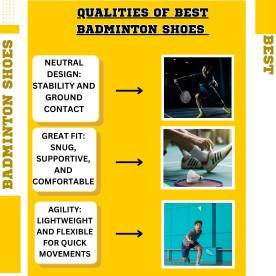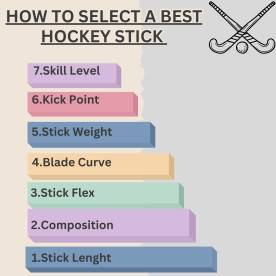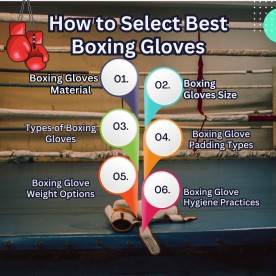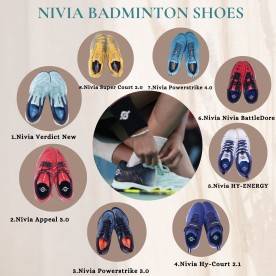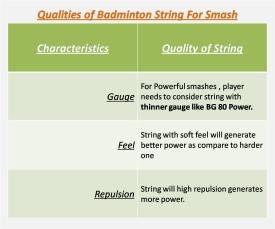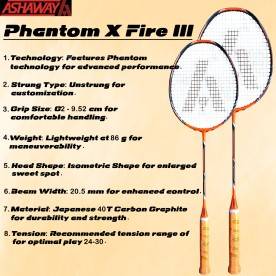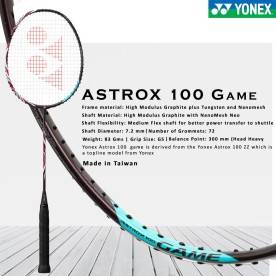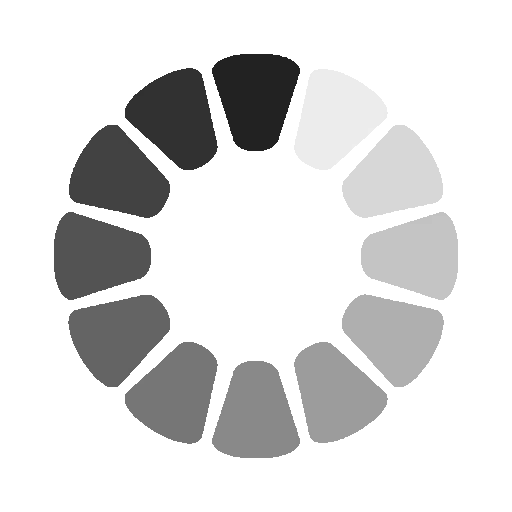Choosing a Squash Racket is the most exciting time for a player. It may be a daunting task as well, as there are so many brands and types of squash rackets that you may get confused which one you should buy. Not only for amateurs or beginners, but it could also be difficult for professional payers too.
Some may choose a racket just after considering a few things such as how pretty it looks, the color of the racket, checking out just the brand, or might be the one that feels the best for you. Buying the racket considering these aspects shall not make your purchase a good investment. It is worth talking to any coach or a pro table tennis player at your club. They may have a sponsorship or a link with the brand through which you could buy the racket at a discounted price, and you will be able to try out the rackets before you buy them.
It is inevitable that no racket and no brand is perfect or will be apt for every person. Everyone has a different requirement, desire, comfort level, and budget. Every brand and racket has specific qualities varying weight, design, balance, and many other factors. It ultimately depends on your personal preference. Still, some of the essential squash experts advice should not be ignored and which would help you to make your buy perfect-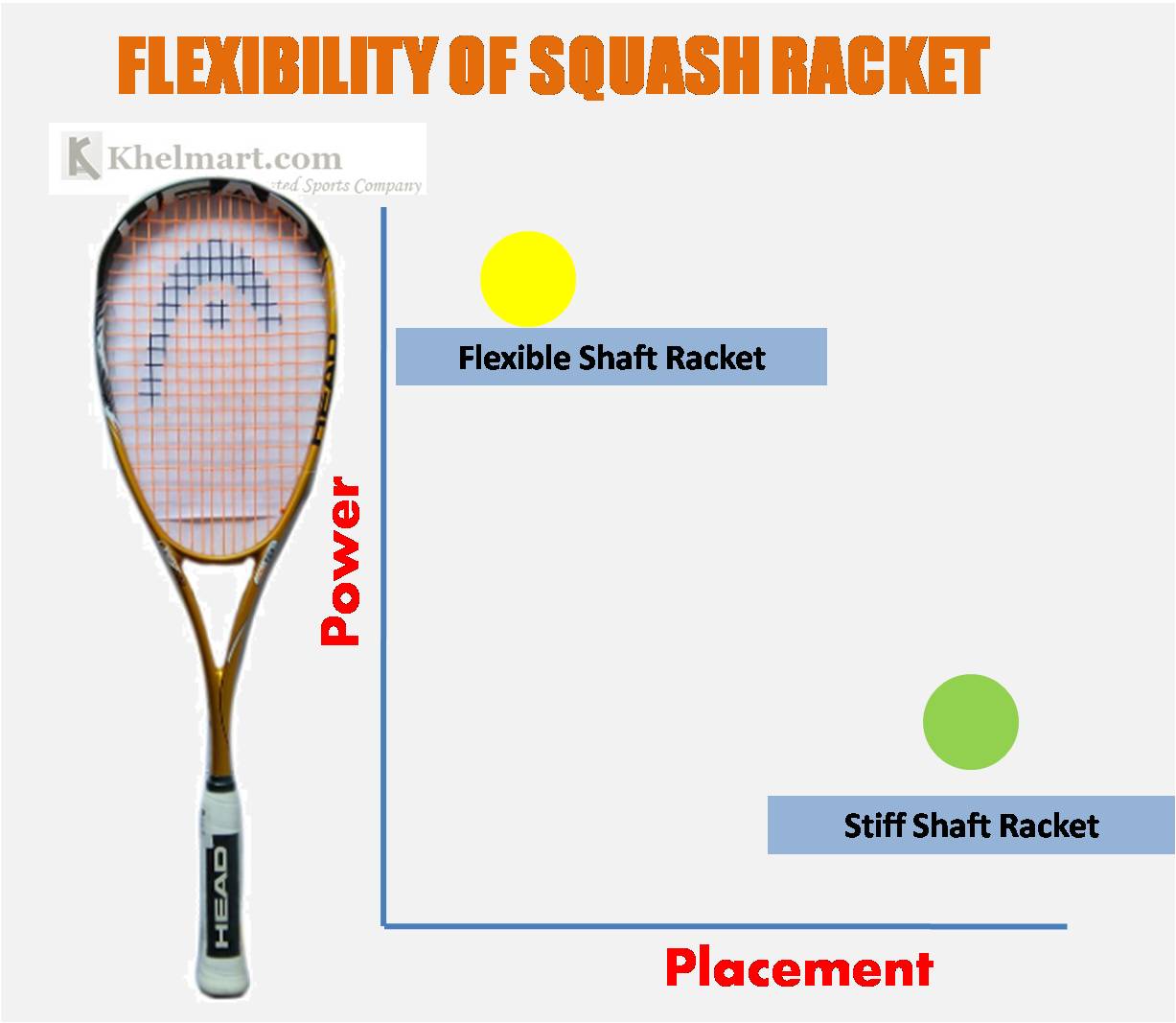
1) Weight-
It is the most important aspect to be checked before buying a squash racket, as it plays a significant role when you play. It would affect swing speed, power, stress on your muscles and forearms, durability, and the price as well. As compared to previous years now the weight of the rackets has decreased and now usually rackets come with a weight of 110g. Let us see the types of racket in terms of weight-
a) Heavy Racket-
These rackets usually weigh more than 140g and are great for players who love hitting hard as they offer plenty of power. These are generally reasonable in price as these rackets are usually recommended by the coaches temporarily to build wrist and the forearm strength.
The experts do not recommend these heavyweight rackets as they have many disadvantages such as there are chances of getting injures especially the beginners, an improper swing can also be painful as the racket is very heavy and can stretch your muscles. So, heavy squash rackets is a big no whether you are a beginner or a professional level player.
b) Medium Weight-
These rackets generally weigh between 125-140g. These rackets are light in weight and give you a power of heavy racket. These are the rackets which most of the players opt for. These rackets provide you a great balance between power and comfort. These rackets are very popular and easily available in the markets and online both.
With the aid of these rackets, you would be able to play a lot of shots which lighter rackets provide the advantage of. A player can efficiently execute 90-95% of the shots with these rackets.
c) Light Rackets-
These rackets weigh between 100-125g, and they are featherweight rackets. If a player has excellent racket skills, then this racket is for them. The main advantage of these rackets is that they are easy to carry; quick hits are tremendous with them and drop shots.
But the major disadvantage of it is that if you are used to play power shots, then this racket is not that good in those terms as this racket does not give good power. Also, the durability of these rackets is not that good. So, these rackets are basically for skilled players who have a strong wrist snap and sturdy forearm.
2) Shape-
The shape of a squash racket also has a different effect on your performance. Let us check out the distinct shapes that it comes and their effects on performance-
a) Open Throat-
This racket has more control as the string of this racket is wide which makes it easy for a player to impact the direction of the ball. These are the classic rackets and earlier people used to play with these rackets only. But the drawback of these rackets is that the string area is low, which means the sweet spot is also small. These rackets are an excellent choice for beginners and intermediate level players.
b) Tear Drop-
This is the second shape that comes in squash rackets. These rackets have a smaller but very effective sweet spot. They create excellent power when the ball hits the middle of the strings. These are usually recommended for intermediate and professional level players.
Well, nowadays beginners as well use teardrop shape rackets, but these rackets need some skills to start using it. These rackets offer the best performance with higher tension. In short, they provide a right balance between power and sweet spot.
3) Material- 
The most commonly used materials for making a squash racket are aluminum, graphite, and hybrid. Let us know more about them and which one is the best for you-
a) Aluminum-
These rackets are comparatively more cumbersome than others and are reasonably cheap. They are very durable and difficult to damage. Aluminum rackets are mostly recommended for the beginners but not for juniors as they are very heavy and can also cause elbow injuries. These rackets absorb less vibration from fast shots.
b) Graphite- The players majorly use these rackets as they offer excellent control. Another good thing about them is that they can absorb vibration. These rackets are less durable than the aluminum ones as they can break if poorly used.
c) Hybrid- Titanium and carbon are generally added to the graphite base. These rackets are expensive but are very light in weight and provide excellent power. The frame of this racket is very stiff; thus they are durable and have good shock absorption capacity.
4) Strings-
String type and tension are vital things to check before buying a squash racket. Usually, the rackets come at 26-28lbs, higher quality strings offer more grip to the players. People typically have a misconception in their mind that the more the string tension will be, it would generate more power; but it is not true. It is vice versa; the higher string would provide less power but more control.
5) Price-
Budget is a significant factor when buying a squash racket. Rackets which come under $40 are normally aluminum frames and can be used for recreational purposes but not for professional use. If you are willing to pay more than $40, then you can get a good racket with excellent quality material which is graphite and that would be light in weight and durable. So for personal use and tournament practice, we would recommend you buying a squash racket between $40- $150.
6) Balance-
There are three types of balance that one should consider in a racket. Each kind of balance has different benefits to the players-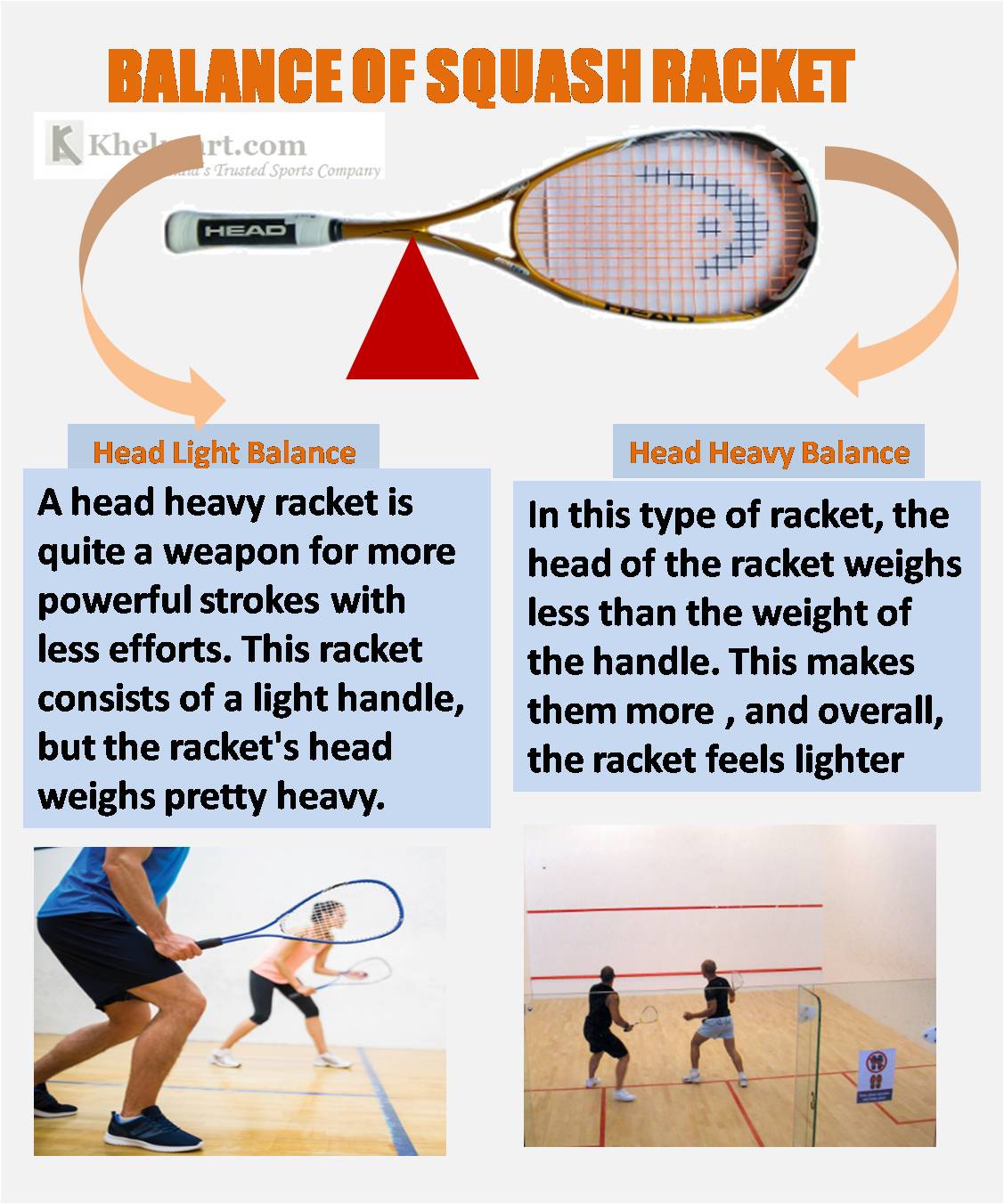
a) Head light:
In this type of racket, the head of the racket weighs less than the weight of the handle. This makes them more , and overall, the racket feels lighter. It is an excellent racket for the players who generally play a slower game that revolves around lobs, serves or drops. This racket is also preferred by the hard hitters who might like a lighter head to balance a more massive racket. This will enable them for a more magnificent touch to go with their compelling force.
b) Head heavy:
A head heavy racket is quite a weapon for more powerful strokes with less efforts. This racket consists of a light handle, but the rackets head weighs pretty heavy. Hard hitters feel more comfortable and easy for playing hard strokes. These rackets could become a great combination with a light racket as it enables you to expedite and quicken up in the follow through.
c) Even/Balanced-
These rackets include even weight throughout. These rackets provide faster swing and generate much power. It is generally a safe option to go for as it is suitable for all kinds of players. 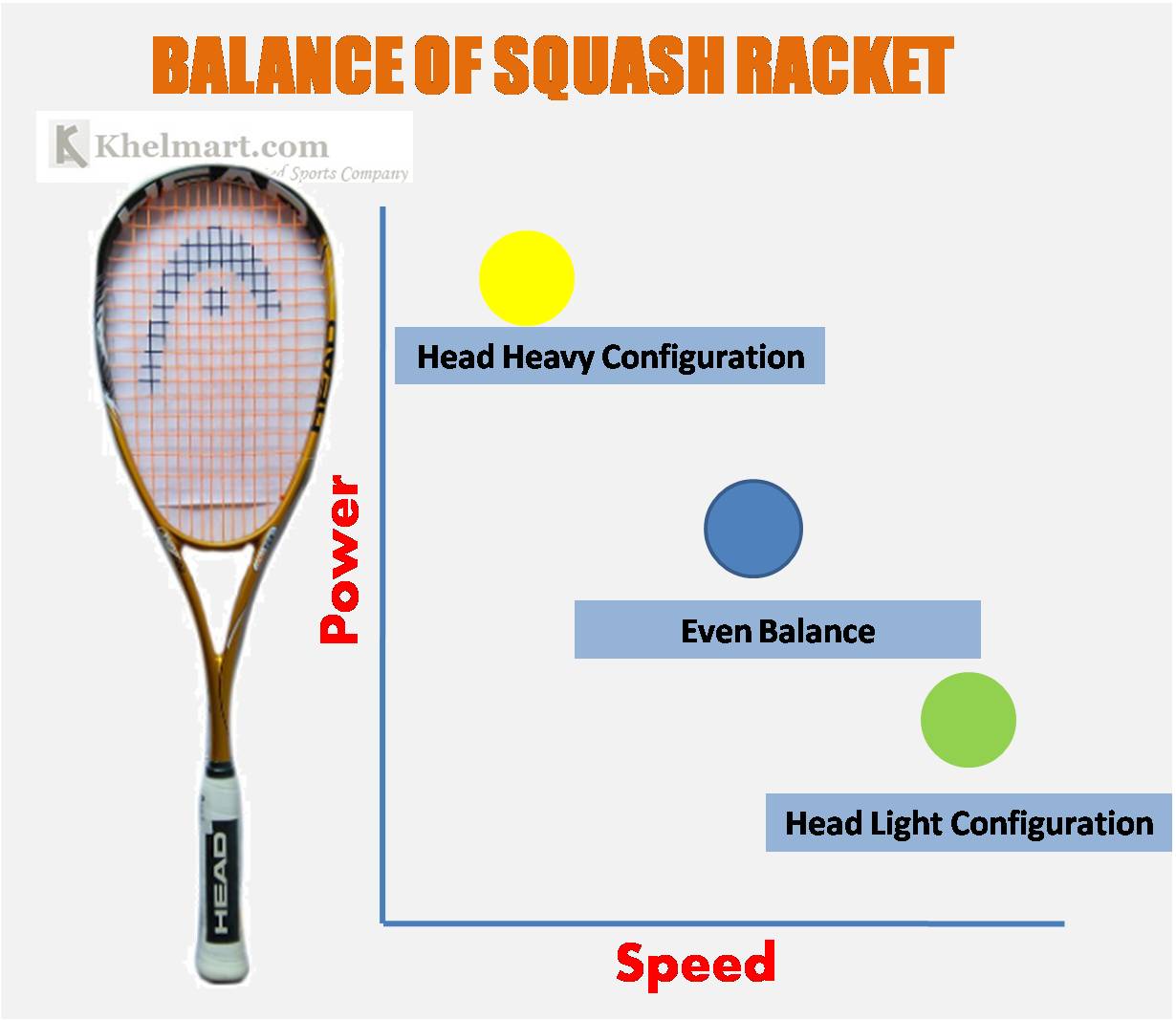
7) Grip-
Squash rackets consist of a standard handle size but can differ in terms of the shape and the grip of the handle. There are a few ways by which you can make sure which grip size is perfect for you-
a) All racket comes up with replacement grips. These should not be used on the top of the other grips. It should be used as the first grip.
b) Thin replacement grips can be put on top of the replacement grips to make the grip more firm and better as it will make it thicker.
c) Overgrips are the ones which go over the replacement and thin replacement grips. This is the best way to make the grip best possible.
8) Beam- Ideally, the beam tends to be between 16-21mm. Mostly thinner beam racket closer to 16mm is suitable for advanced players as it offers greater flexibility. Whereas, thicker beam racket of closer to 21mm is quite stiff as compared to the thinner beam rackets.
Considering all these aspects before buying any squash racket will make sure that you purchase a racket that is suitable for you in every perspective.
Choosing a Squash Racket
is the most exciting time for a player. It may be a daunting task as well, as there are so many brands and types of squash rackets that you may get confused which one you should buy. Not only for amateurs or beginners, but it could also be difficult for professional payers too.
Some may choose a racket just after considering a few things such as how pretty it looks, the color of the racket, checking out just the brand, or might be the one that feels the best for you. Buying the racket considering these aspects shall not make your purchase a good investment. It is worth talking to any coach or a pro table tennis player at your club. They may have a sponsorship or a link with the brand through which you could buy the racket at a discounted price, and you will be able to try out the rackets before you buy them.
It is inevitable that no racket and no brand is perfect or will be apt for every person. Everyone has a different requirement, desire, comfort level, and budget. Every brand and racket has specific qualities varying weight, design, balance, and many other factors. It ultimately depends on your personal preference. Still, some of the essential squash experts advice should not be ignored and which would help you to make your buy perfect-
1) Weight-
It is the most important aspect to be checked before buying a squash racket, as it plays a significant role when you play. It would affect swing speed, power, stress on your muscles and forearms, durability, and the price as well. As compared to previous years now the weight of the rackets has decreased and now usually rackets come with a weight of 110g. Let us see the types of racket in terms of weight-
a) Heavy Racket-
These rackets usually weigh more than 140g and are great for players who love hitting hard as they offer plenty of power. These are generally reasonable in price as these rackets are usually recommended by the coaches temporarily to build wrist and the forearm strength.
The experts do not recommend these heavyweight rackets as they have many disadvantages such as there are chances of getting injures especially the beginners, an improper swing can also be painful as the racket is very heavy and can stretch your muscles. So, heavy squash rackets is a big no whether you are a beginner or a professional level player.
b) Medium Weight-
These rackets generally weigh between 125-140g. These rackets are light in weight and give you a power of heavy racket. These are the rackets which most of the players opt for. These rackets provide you a great balance between power and comfort. These rackets are very popular and easily available in the markets and online both.
With the aid of these rackets, you would be able to play a lot of shots which lighter rackets provide the advantage of. A player can efficiently execute 90-95% of the shots with these rackets.
c) Light Rackets-
These rackets weigh between 100-125g, and they are featherweight rackets. If a player has excellent racket skills, then this racket is for them. The main advantage of these rackets is that they are easy to carry; quick hits are tremendous with them and drop shots.
But the major disadvantage of it is that if you are used to play power shots, then this racket is not that good in those terms as this racket does not give good power. Also, the durability of these rackets is not that good. So, these rackets are basically for skilled players who have a strong wrist snap and sturdy forearm.
2) Shape-
The shape of a squash racket also has a different effect on your performance. Let us check out the distinct shapes that it comes and their effects on performance-
a) Open Throat-
This racket has more control as the string of this racket is wide which makes it easy for a player to impact the direction of the ball. These are the classic rackets and earlier people used to play with these rackets only. But the drawback of these rackets is that the string area is low, which means the sweet spot is also small. These rackets are an excellent choice for beginners and intermediate level players.
b) Tear Drop-
This is the second shape that comes in squash rackets. These rackets have a smaller but very effective sweet spot. They create excellent power when the ball hits the middle of the strings. These are usually recommended for intermediate and professional level players.
Well, nowadays beginners as well use teardrop shape rackets, but these rackets need some skills to start using it. These rackets offer the best performance with higher tension. In short, they provide a right balance between power and sweet spot.
3) Material- 
The most commonly used materials for making a squash racket are aluminum, graphite, and hybrid. Let us know more about them and which one is the best for you-
a) Aluminum-
These rackets are comparatively more cumbersome than others and are reasonably cheap. They are very durable and difficult to damage. Aluminum rackets are mostly recommended for the beginners but not for juniors as they are very heavy and can also cause elbow injuries. These rackets absorb less vibration from fast shots.
b) Graphite- The players majorly use these rackets as they offer excellent control. Another good thing about them is that they can absorb vibration. These rackets are less durable than the aluminum ones as they can break if poorly used.
c) Hybrid- Titanium and carbon are generally added to the graphite base. These rackets are expensive but are very light in weight and provide excellent power. The frame of this racket is very stiff; thus they are durable and have good shock absorption capacity.
4) Strings-
String type and tension are vital things to check before buying a squash racket. Usually, the rackets come at 26-28lbs, higher quality strings offer more grip to the players. People typically have a misconception in their mind that the more the string tension will be, it would generate more power; but it is not true. It is vice versa; the higher string would provide less power but more control.
5) Price-
Budget is a significant factor when buying a squash racket. Rackets which come under $40 are normally aluminum frames and can be used for recreational purposes but not for professional use. If you are willing to pay more than $40, then you can get a good racket with excellent quality material which is graphite and that would be light in weight and durable. So for personal use and tournament practice, we would recommend you buying a squash racket between $40- $150.
6) Balance-
There are three types of balance that one should consider in a racket. Each kind of balance has different benefits to the players-
a) Head light:
In this type of racket, the head of the racket weighs less than the weight of the handle. This makes them more , and overall, the racket feels lighter. It is an excellent racket for the players who generally play a slower game that revolves around lobs, serves or drops. This racket is also preferred by the hard hitters who might like a lighter head to balance a more massive racket. This will enable them for a more magnificent touch to go with their compelling force.
b) Head heavy:
A head heavy racket is quite a weapon for more powerful strokes with less efforts. This racket consists of a light handle, but the rackets head weighs pretty heavy. Hard hitters feel more comfortable and easy for playing hard strokes. These rackets could become a great combination with a light racket as it enables you to expedite and quicken up in the follow through.
c) Even/Balanced-
These rackets include even weight throughout. These rackets provide faster swing and generate much power. It is generally a safe option to go for as it is suitable for all kinds of players.
7) Grip-
Squash rackets consist of a standard handle size but can differ in terms of the shape and the grip of the handle. There are a few ways by which you can make sure which grip size is perfect for you-
a) All racket comes up with replacement grips. These should not be used on the top of the other grips. It should be used as the first grip.
b) Thin replacement grips can be put on top of the replacement grips to make the grip more firm and better as it will make it thicker.
c) Overgrips are the ones which go over the replacement and thin replacement grips. This is the best way to make the grip best possible.
8) Beam- Ideally, the beam tends to be between 16-21mm. Mostly thinner beam racket closer to 16mm is suitable for advanced players as it offers greater flexibility.
- Cricket
Shop by Category
- Cricket Bat
- Cricket Shoes
- Cricket Accessories
- Cricket Batting Gloves
- Cricket Kit Bag
- Cricket Thigh Guards
- Cricket stumps
- Cricket guards
- Cricket Batting Pads
- Cricket Keeping Gloves
- Cricket Ball
- Cricket Chest Guards
- Cricket Helmet
- Cricket Keeping Pads
- Cricket Bat Grip
- Cricket Clothing
- Cricket Ball Thrower
- Cricket Kit Set
- Cricket Score book
- Cricket Mats
- Cricket Elbow Guards
- Tennis Cricket Ball
- Custom Made Bat
- Cricket Practise Bat
- Badminton
- Tennis
- Table Tennis
- Running $ Jogging Shoes
- skating
Shop By Category
- Swimming
Shop By Brands
- Football
- Squash
Shop By Category
- Carrom
Shop By Category
- Boxing
Shop By Category

